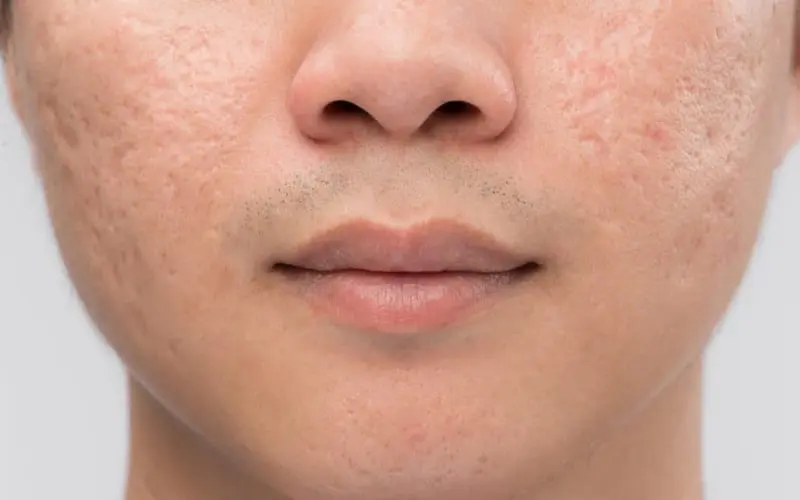One standard side effect of Testosterone Replacement Therapy (TRT) is acne. This happens when men have hormonal fluctuations that can affect the skin’s oil production, bacterial activity, and inflammation levels. Understanding why TRT causes acne can help men manage this side effect.
Increased Sebum Production
One of the primary reasons TRT leads to acne is a bigger production of sebum, an oily substance secreted by the sebaceous glands. Testosterone, especially when converted into dihydrotestosterone (DHT), stimulates these glands, leading to more oil buildup on the skin. When too much sebum is produced, it can clog pores, creating more acne for men.
Hormonal Fluctuations and Skin Sensitivity
When beginning TRT, the body undergoes hormonal changes that may temporarily disrupt its natural balance. Some men experience an initial surge in testosterone levels, which can lead to increased DHT conversion. DHT is a more strong androgen that has been linked to acne creation. People with genetically sensitive skin might react more strongly to these hormonal changes, making them more prone to breakouts.
Bacterial Growth and Inflammation
All the extra oil produced due to TRT provides a perfect breeding ground for acne-causing bacteria, particularly Cutibacterium acnes (formerly known as Propionibacterium acnes). This bacterium develops well in clogged pores, where it multiplies and triggers inflammation. The body’s immune response to the bacterial overgrowth results in red, swollen, and sometimes painful acne lesions.
Changes in Skin Cell Turnover
Another contributing factor is the altered rate of skin cell turnover. Normally, skin cells shed regularly, but hormonal imbalances caused by TRT can disrupt this process. When dead skin cells accumulate and mix with excess sebum, they can clog pores and exacerbate acne formation. This is particularly true for individuals who already have a history of acne.
How to Manage Acne after using TRT
While acne can be a frustrating side effect of TRT, several game plans can help minimize the impact of TRT on the skin:
- Skincare Routine: Use a gentle cleanser, oil-free moisturizers, and non-comedogenic products to keep the skin clean.
- Topical Treatments: Over-the-counter treatments containing benzoyl peroxide, salicylic acid, or retinoids can help reduce oily skin and unclog pores.
- Diet and Hydration: Reducing high-glycemic foods and dairy intake while drinking enough fluids may help control breakouts.
- Adjusting TRT Dosage: In some cases, working with a healthcare provider to modify the dosage or delivery method (e.g., gels, injections, or patches) can help minimize acne.
- Medications: If acne keeps popping up, a doctor may prescribe antibiotics, hormonal blockers, or isotretinoin for severe cases.

